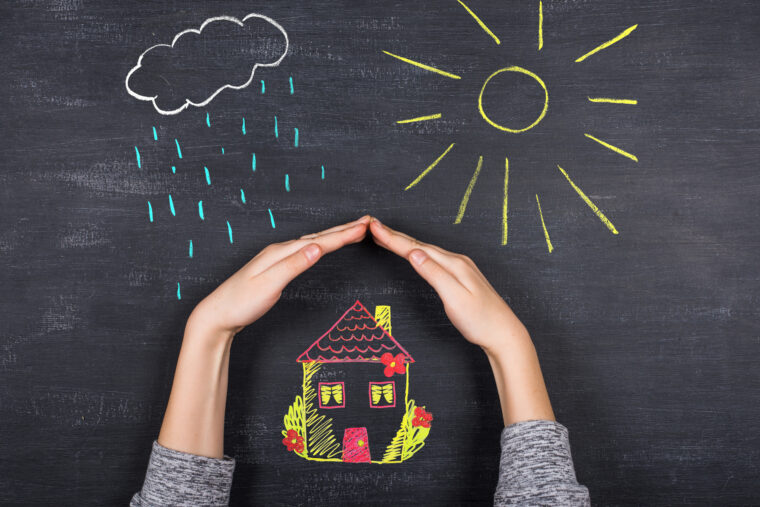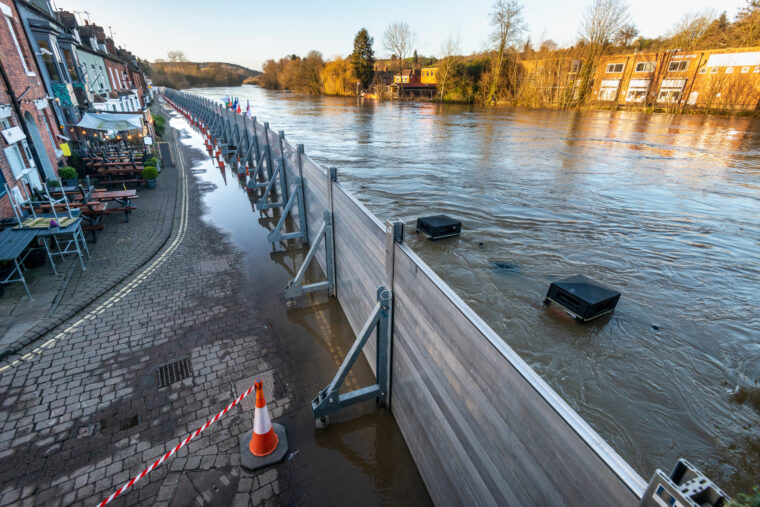Protect Your Home From Natural Disaster With This Savvy Guide

Natural disasters can strike anywhere, anytime, leaving a trail of destruction in their wake. Your home, where you often feel safest, could be significantly affected. That’s why taking steps to protect it is essential.
Each disaster poses unique threats. But with proper preparation, you can significantly mitigate the potential damage to your home. With this in mind, the following are strategies to fortify your sanctuary against the most common natural disasters:
- Identify Potential Risks
Every area has its specific risks. Whether it’s earthquakes in California or hurricanes along the Gulf Coast, it’s essential to be aware of the hazards in your region. Study local data about past events to understand potential risks and plan accordingly. Also, research reputable websites and read their explanation about these natural disasters and how to prepare for them. Knowing what you’re up against is the first step toward adequate protection.
Foundation Problems are another aspect of protecting your home. Ensuring the structural integrity of your house is vital, especially in earthquake-prone areas. Learn about the warning signs of foundation issues and take preventive measures. Check for cracks, settling, or uneven floors, and consult with experts in foundation repair to safeguard your home.
- Reinforce Doors And Windows
Reinforcing your doors and windows is a crucial step in protecting your home against water-related disasters. These vulnerable spots can allow water to seep into your home, leading to interior damage. Consider using waterproof sealants around doors and windows to keep the water out, ensuring your home stays dry and secure.
- Use Flood Barriers
Using flood barriers is an efficient strategy for protecting your home. While sandbags can serve as temporary shields, they’re often labor-intensive and offer short-term protection. On the other hand, flood barriers provide a more durable and reliable solution.
Designed specifically to redirect water away from your property, they not only effectively combat floods but are also a long-term investment that can spare you frequent flood clean-ups and costly home repairs.
- Secure Gas And Electrical Lines
Natural disasters like storms and earthquakes are notorious for disrupting gas and electrical lines. Such unsecured lines can escalate a difficult situation, turning a flood into a fire hazard due to electrical shorts and gas leaks.
Actively preventing such scenarios involves several key steps. Start with your electrical systems. Consider strategically elevating your electrical components, helping shield them from the onslaught of potential floodwaters. This effectively reduces the chances of any electrical malfunctions.
Next, turn your attention to the gas system. An automatic gas shutoff valve can be a game-changer here. Designed to cut off the gas flow during severe ground disturbances, such as those during an earthquake, this device can prevent gas leaks, adding an extra layer of security to your home. Safety goes beyond immediate protection; it involves mitigating potential risks that could exacerbate a disaster scenario.
- Prune Large Trees
Protecting your home from water-related disasters also involves tending to your yard. Large trees, particularly those near your home, pose a risk in heavy rain or high winds. Pruning these trees minimizes the chance of broken branches damaging your home or clogging drainage systems. It’s a simple task that can significantly improve the safety of your property during extreme weather.
- Structural Reinforcement
Living in an area prone to earthquakes and storms requires a robust home structure. Emphasizing your home’s foundation isn’t just advisable; it’s indispensable. Imagine retrofitting your home like upgrading its armor, preparing it for battle against the forces of nature. Bolting the house firmly to its foundation and armoring the walls with layers of plywood can transform your home into a fortress.
While these improvements may incur some expense, they ultimately serve as an investment in your home’s longevity and your safety. In a natural disaster, these upgrades may mean the difference between minor repairs and significant, costly damage. Remember, a sturdy home is more likely to stand tall during seismic shake-ups and fierce storms, keeping its inhabitants safe.
- Secure Heavy Furniture To The Walls
When prepping your home for earthquakes, don’t overlook the danger of heavy furniture. Items like bookshelves and dressers can easily topple over during a quake, causing damage or injury. To mitigate this risk, secure these items to the walls using brackets or straps. This minor precaution can make a big difference by increasing safety and reducing potential hazards during an earthquake.
- Wind-Proof Your Home
When faced with the force of hurricanes and tornadoes, your home needs to stand firm. Strong winds can topple trees and turn yard debris into damaging projectiles.
To protect your home, routine tree trimming and secure anchoring or storage of yard items are key. Additionally, fortify the house itself by installing storm shutters on windows and reinforcing the roof. These measures reduce potential wind damage, keeping you and your loved ones secure when the winds whip up.
- Create A Defensible Space For Wildfire
Creating a defensible space is vital if your home is in a wildfire-prone area. It’s a buffer zone between your home and surrounding vegetation. Keep this space clear of dry leaves, branches, and clutter. Using fire-resistant plants in your landscaping is also advisable.
- Install Smoke Alarms
A smoke alarm is the first line of defense against fires in your home. Install them on every floor and in all bedrooms. Test them regularly and change the batteries at least once a year. These devices provide early fire warnings, giving you valuable time to evacuate.
- Keep Fire Extinguishers At Hand
Positioning fire extinguishers in key areas is a vital part of emergency preparedness. Keep one in the kitchen, as many house fires start here. Ensure you know how to use it; you won’t have time to read the instructions during a fire.
Conclusion
Preparing your home for a natural disaster involves proactive measures and necessary adaptations. Each region has unique risks, requiring tailored approaches to secure your home. Whether installing flood barriers, retrofitting for earthquakes, or creating a defensible space against fire, each step ensures the safety of your living space. With these measures, you’ll be well-equipped to protect your home and loved ones from natural disasters.

Due to climate change and global warming,emergency flood defenses put in place, to protect homes and businesses near to the river severn,torrents of water pour down from surrounding mountains.
